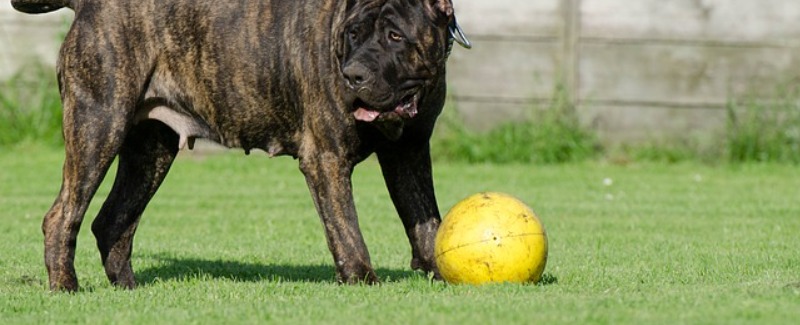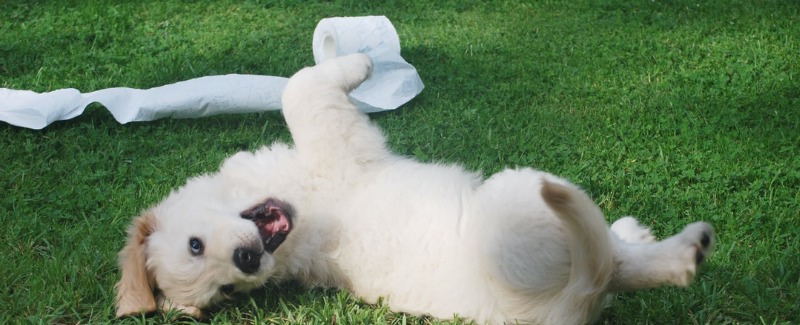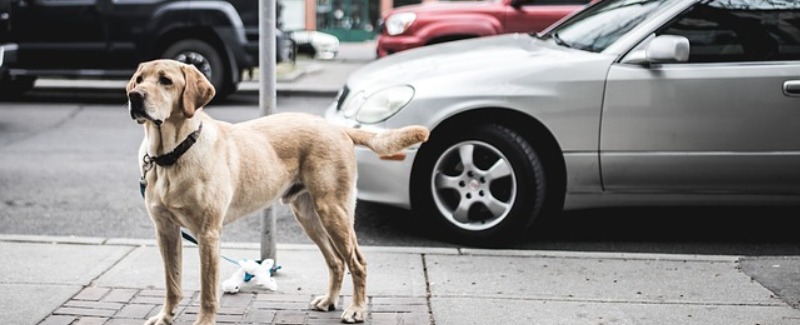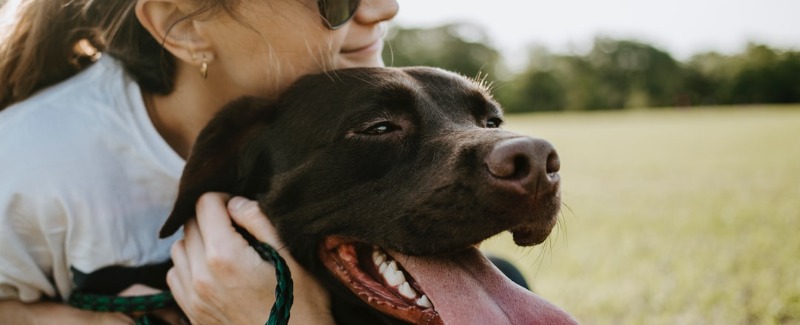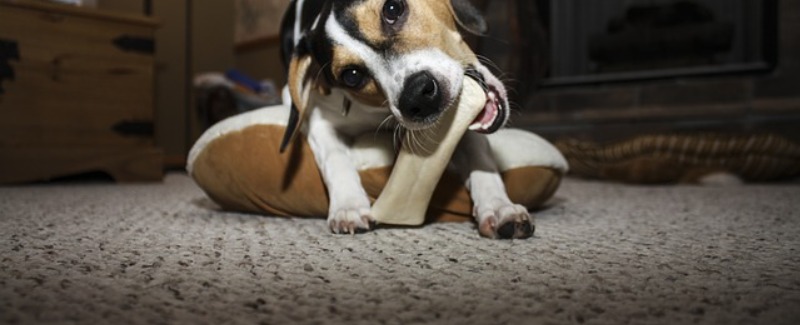Now that your dog has some understanding of the leave it command in very controlled circumstances, it’s time to kick things up to the next level, incorporating more realistic scenarios into your training program. During this time, you’ll teach your dog that paying attention to your command is more rewarding than paying attention to what you’re getting her to leave.
Horizontal Surfaces
Contents
Just about every horizontal surface in your home is a potential source of temptation for your dog. Kitchen counters, the dining-room table, the coffee table, kids’ tables, and even the floor are all likely candidates for places to practice (and later use) your leave it command. During training sessions (and of course, for management until your dog is trained), keep your dog on her leash or dragline so you can make sure she isn’t rewarded for the wrong thing, like grabbing the treat off the floor or table.
There is a very practical reason for requiring eye contact as part of the leave it. Opportunist that he is, if your dog is still staring at the treat after you’ve given the “Leave it” command, he hasn’t really left it. He may not be actively trying to get it, but he’s either plotting his next attempt or waiting for an opportunity.
Start your horizontal leave it training by placing the treats on the surface you’re practicing on, and later dropping or tossing the treats (moving things are much more interesting to your dog, so this subtly challenges her commitment). You can also set up the environment before you bring your dog into it for a more randomized practice session. Use your command as she notices the planted treats. Until she’s really reliable, don’t release her to dive on treats on the floor; pick them up and give them to her. In other words, you’re the source of the good stuff, not the floor.
Takin’ It to the Street
If you’ve been progressing according to your dog’s success, he should have a good understanding that when you say “Leave it,” you want him to not only not go after whatever you’re telling him to leave, but also that he should turn his attention away from it and onto you. This is especially important when you’re taking your leave it show out of the house, and into the great big world full of distractions and temptations. When you do venture out for leave-it training sessions, bring two types of treats.
The first type is something visible and relatively low value to your dog, like plain breakfast cereal, while the second should be something really exciting to your dog, like last night’s leftover roast beef. Try to be sneaky about tossing the visible treats out in front of your intended path, so your dog doesn’t see you do it. When you come upon one of your decoys, command your dog to leave it. Make sure he doesn’t get the treat on the ground, and CR/treat when he gives you his undivided attention. First give your dog one of the better treats that you have on you, and then pick up the lower-value treat and give that to him, too.
Sometimes You Can Get What You Want
In real life, when your dog is well trained, there will be times that you’ll tell your dog to leave something that she can, in fact, have access to, just not right this second. Leave it in this case might be temporary, until you can make sure that the situation is safe, or you might not allow her access at all at the time, rewarding her with something equal or better than what she left.
Teaching your dog a reliable leave it could quite literally save her life. Puddles of antifreeze, poisonous snakes, toxic plants, and garbage are just a few of the possible attractive (to her, anyway) hazards that could seriously injure or kill your dog if she comes into contact with them. Running into the street in pursuit of a cat or other animal is another very real danger that a solid leave it can prevent.
Using Life’s Rewards
You want your dog to be friendly to your neighbors, but you don’t want her mindlessly zooming across the street to greet them every time she sees them. You might tell her to “leave it” when she sees the neighbors, and then escort her to go say hi when she gives you her full attention instead of coveting the neighbor’s. Even squirrel chasing is relatively harmless if you can easily call your dog off. Your dog decides what she finds rewarding, and no reward is more powerful than what she actually wants, provided she does what you want first. So there’s no harm in giving her the occasional tissue to shred, if that’s what floats her boat, as long as she isn’t stealing them, and leaves them and all the other stuff alone when you tell her to.
Advanced Leave It Practice
As your dog gets better at leaving the things she wants on your single “leave it” command in real-life situations, challenge her by asking her to leave things she’s fully engaged with, like her food bowl, or a bone that she’s gnawing, or something that she’s not allowed to have or pursue. Make sure there is something awesome in it for her when she does leave it, and let her return to whatever she left for you, if it’s something that’s legal. If not, redirect her to something even better.

